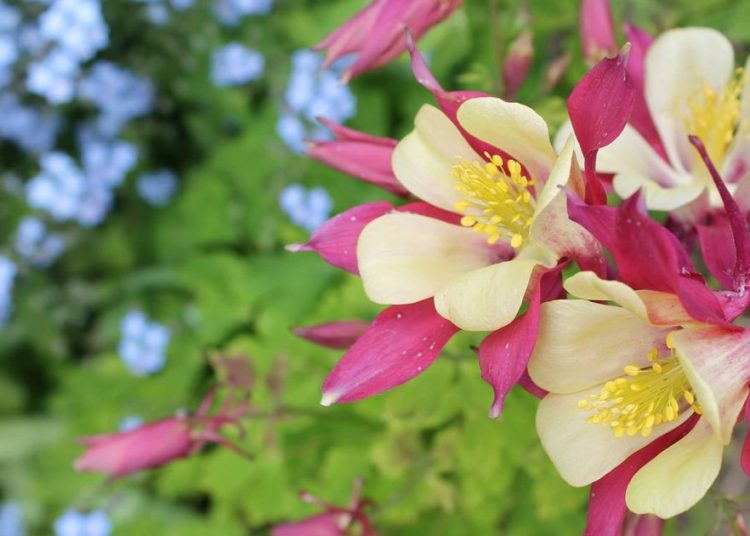If you are a nature lover, a pond is an essential addition to your garden and contributes towards diversifying the types of wildlife that visit, by providing a home for aquatic insects and animals. As well as being the ideal ecosystem for frogs, newts and other amphibians – and aquatic insects such as pond skaters – a pond provides a source of water for other species of wildlife passing through your garden. However, aquatic environments do require some further maintenance in order to ensure that the wildlife they support thrives. Here is a guide on how to look after aquatic life in your garden.
Install a pond filtration system
Ponds can very quickly become dirty and, if left uncleaned, can become hazardous to wildlife. Pond filtration systems clean ponds by removing debris, algae and other waste to maintain high-quality, crystal-clear water and an ecological balance. This is especially important if you have fish in your pond, as their food and waste products introduce additional nutrients into the water that place an extra strain on the ecosystem. Furthermore, pond filtration systems prevent the water in your pond from stagnating and becoming harmful for aquatic life by continuously moving the water through the filtration system.
Keep the water level safely topped up
During the hot summer months when there is little rainfall, the water from your pond will evaporate without being replaced, leading to a drop in water level. This can soon become fatal to aquatic animals, with fish not having enough oxygen and amphibians becoming at risk of drying out. It is therefore essential that you keep the water level topped up, but there are some points to consider in order to ensure that the delicate aquatic ecosystem is preserved. Topping up with rainwater from a water butt is preferable to tap water, as the latter contains additional nutrients that encourages algae and weeds to thrive. If you do not have access to rainwater, tap water can be used, but add it to the pond gradually to prevent the cold water from shocking the fish. You should also detoxify tap water before adding it to your pond to ensure that it is safe for aquatic wildlife.
Search through removed vegetation for trapped wildlife
Part of your general pond maintenance will involve you removing weeds, algae and other vegetation from your pond to prevent them from taking over or rotting into the water. Removing invasive vegetation is important as it helps to maintain a balanced ecosystem, ensuring that sunlight and oxygen can penetrate the surface of the water. However, it is important that you remember to search through removed vegetation for trapped wildlife before disposing of it on your compost heap. Leave removed vegetation on the banks of your pond overnight so that larger wildlife, such as frogs, can return to the water. Then, thoroughly rinse the vegetation in a bucket of pond water to remove smaller wildlife, such as aquatic insects like pond skaters. These can then be returned to the pond without being harmed.








































